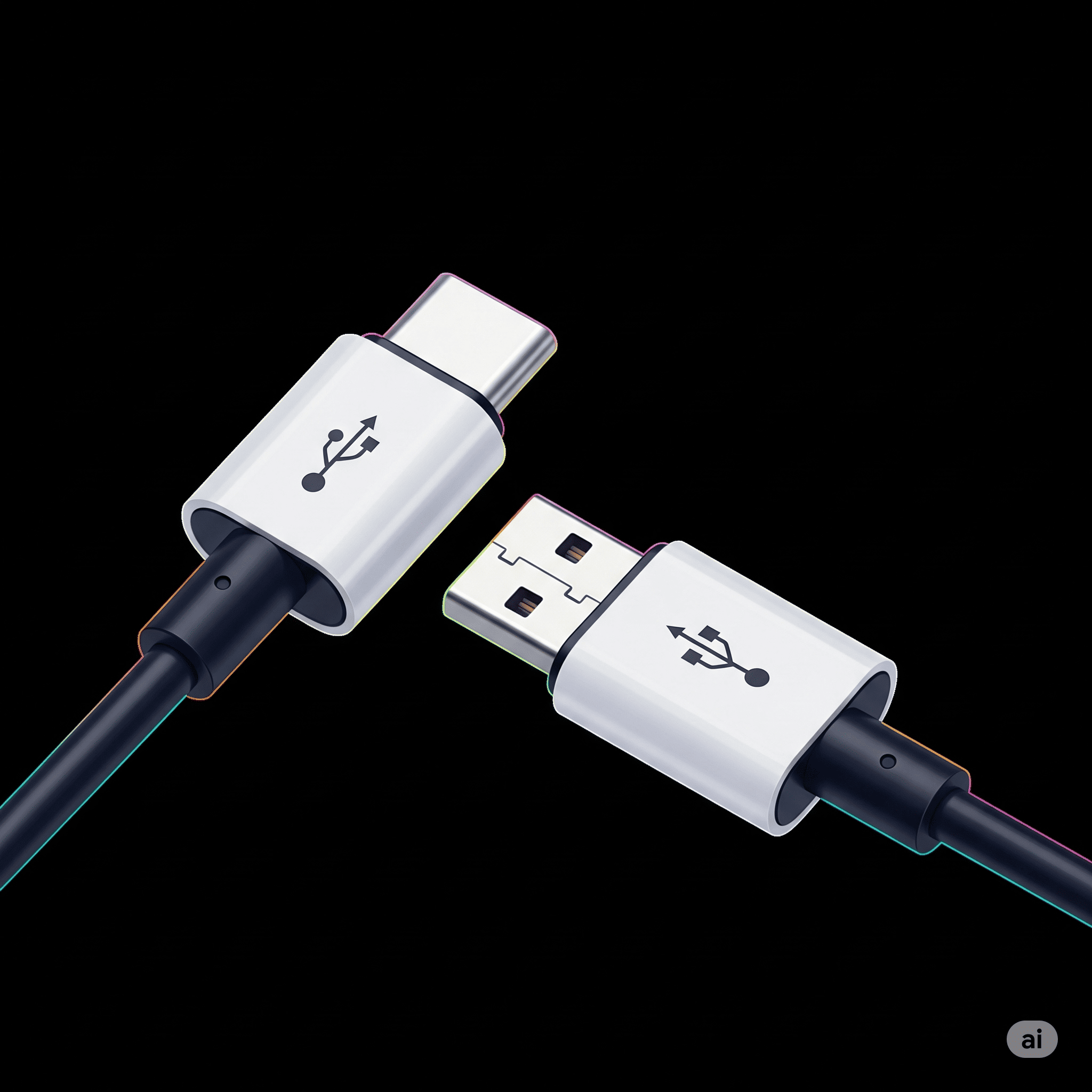Kingsgrove Branch:
USB-C to USB Adapter

USB-C to USB adapter: a tiny hero in a world of complex connections. This versatile connector bridges the gap between modern USB-C ports and older USB standards, unlocking a universe of possibilities for your devices. From seamless data transfer to reliable charging, these adapters are more than just accessories; they're essential tools for anyone navigating the digital landscape
Imagine needing to connect your legacy devices to a modern laptop. Or perhaps needing to charge your phone while transferring files. These situations highlight the vital role of USB-C to USB adapters in bridging the compatibility gap. Understanding the nuances of different types and their performance characteristics will empower you to make informed decisions and get the most out of your tech
USB-C to USB Adapters: A Comprehensive Guide
USB-C to USB adapters are essential tools for connecting devices with USB-C ports to older USB ports. They've become increasingly important as USB-C has become more widespread, allowing for compatibility and flexibility in a world of diverse connectivity
Introduction to USB-C to USB Adapters, Usb c to usb adapter
These adapters bridge the gap between modern USB-C ports and older USB standards, enabling data transfer and charging. Compatibility is key, as different USB standards have varying data transfer rates and charging capabilities. See USB fan
Ever feel like your fancy USB-C port is holding you back? Need to connect to an older device? A USB-C to USB adapter is your lifesaver! It lets you bridge the gap between modern and vintage, so you can plug in and play with everything. Learn more about the different kinds and how they work by checking out this helpful resource on USB-C to USB connections: USB C to USB
Then, you'll be an expert on getting the most out of your USB-C to USB adapter in no time
- Overview: USB-C to USB adapters facilitate connection between devices equipped with USB-C ports and peripherals utilizing older USB standards
- Common Use Cases: These adapters are frequently used to connect USB-C laptops to older USB peripherals like printers, external hard drives, and keyboards. They are also critical for charging devices that rely on older USB standards
- Compatibility: Careful consideration of the USB standard (e.g., USB-A, Micro-B) and the specific data transfer/charging needs of your device is essential for optimal performance
- USB-C Evolution: The rapid adoption of USB-C has spurred a need for these adapters to ensure backward compatibility. The evolution has led to a variety of adapter types, each tailored for specific needs
| Description |
|---|
| The most common standard, recognizable by its rectangular shape |
| A smaller, more compact version of USB-B, frequently used in older mobile devices |
| Even smaller than Micro-B, often found in older cameras and other peripherals |
Types and Features of USB-C to USB Adapters
Adapters come in various forms, each with unique features. Understanding these differences can help you choose the right one for your needs
- Active vs. Passive: Active adapters contain circuitry that amplifies the signal, potentially boosting data transfer speeds and charging capabilities. Passive adapters, on the other hand, simply pass the signal along, relying on the source device's capabilities
- Technical Differences: Active adapters have internal components that boost the signal, potentially improving compatibility and performance, particularly with older devices. Passive adapters simply provide a physical connection, depending entirely on the source device
- Features: Features include data transfer speed (e.g., USB 2.0, 3.0, 3.1, 3.2), charging capabilities (e.g., USB Power Delivery), and the specific USB port type on the other end (e.g., USB-A, Micro-B)
- Advantages and Disadvantages: Active adapters typically offer better performance, but they're often more expensive. Passive adapters are more affordable, but performance might be limited. The best choice depends on your specific needs
| Data Transfer Speed | Cost |
|---|---|
| Variable (depends on source device) | Lower |
| Potentially higher | Higher |
Compatibility and Performance
Ensuring compatibility is crucial for optimal performance. Choosing the correct adapter is essential to avoid frustration
- Device Compatibility: Check the specific USB standards supported by both your device and the peripheral you want to connect
- Common Devices: Many laptops, tablets, and smartphones utilize USB-C, making adapters a necessity for connecting to older peripherals
- Performance Comparison: Active adapters generally provide better data transfer rates and charging speeds, but this depends on the specific adapter and device
- Troubleshooting Compatibility Issues: Ensure the adapter and device are properly connected. Check the device's power settings and update any relevant drivers
| Typical Data Transfer Speed (MB/s) |
|---|
| 480 |
| 5000 |
Closing Notes: Usb C To Usb Adapter
In conclusion, USB-C to USB adapters are more than just simple connectors; they're essential tools for connecting your diverse devices seamlessly. Choosing the right adapter depends on your specific needs, and understanding the various types and their features will empower you to find the perfect match. With the right adapter, you can unlock a world of possibilities, effortlessly connecting your legacy devices to the modern world
FAQ Insights
What are the different types of USB-C to USB adapters?
Common types include active and passive adapters. Active adapters often boost signal strength, which is beneficial for longer cables or less powerful devices. Passive adapters are generally more budget-friendly and work well with devices that already have strong signals
USB-C to USB adapters are super handy, right? But if you're digging through old drawers, you might unearth a micro USB cable. They were popular, but now, a USB-C to USB adapter can connect a lot of devices you have, from your phone to your old cameras. Check out micro USB for a little history lesson on those older ports
Ultimately, a USB-C to USB adapter remains a fantastic option for compatibility
How do I troubleshoot compatibility issues with my USB-C to USB adapter?
First, check device compatibility. If possible, try a different USB-C cable. Ensure both the adapter and the device are properly seated. Lastly, consult the adapter's manual or the device's manual for specific troubleshooting steps
What are some common use cases for USB-C to USB adapters?
They are indispensable for connecting older peripherals (like printers, keyboards, and mice) to newer devices, especially laptops and tablets. They also facilitate charging while transferring data. They are critical in situations where compatibility is a must-have
What factors should I consider when choosing a USB-C to USB adapter?
Key factors include compatibility with your devices, data transfer speeds, charging capabilities, and the materials used in the adapter's construction. Read reviews and compare features to find the best match for your needs
Recent posts

Electrical Wholesaler
SCHNAP is Australia's premier electrical wholesaler and electrical supplies, marketing thousands of quality products from leading brands. Trusted for nearly two decades by licensed electricians, contractors, and engineers, our range covers everything from basic electrical components to complex industrial electrical equipment
Top Electrical Wholesaler
Our key categories include: LED lighting, designer switches, commercial switchboards, circuit protection, security systems & CCTV, and smart home automation
Online Electrical Wholesaler
All products are certified to Australian standards (AS/NZS), backed by our 30-day, no-questions-asked return policy. Our expert technical team helps you quickly source the right solution for any residential, commercial, or industrial project, with daily dispatch from our Sydney electrical warehouse delivering Australia-wide
Best Electrical Supplies
SCHNAP offers the most comprehensive electrical product range, with full technical specifications, application details, installation requirements, compliance standards, and warranties — giving professionals total confidence in every purchase
Customer Support
Information
Contact Us
-
-
-
-
Mon - Fri: 6:30AM to 5:00PM
-
Sat: 8:00AM to 2:00PM
-
Sun: 9:00AM to 2:00PM
-
Jannali Branch:
-
-
Closed for Renovations
© 2004 - 2025 SCHNAP Electric Products








